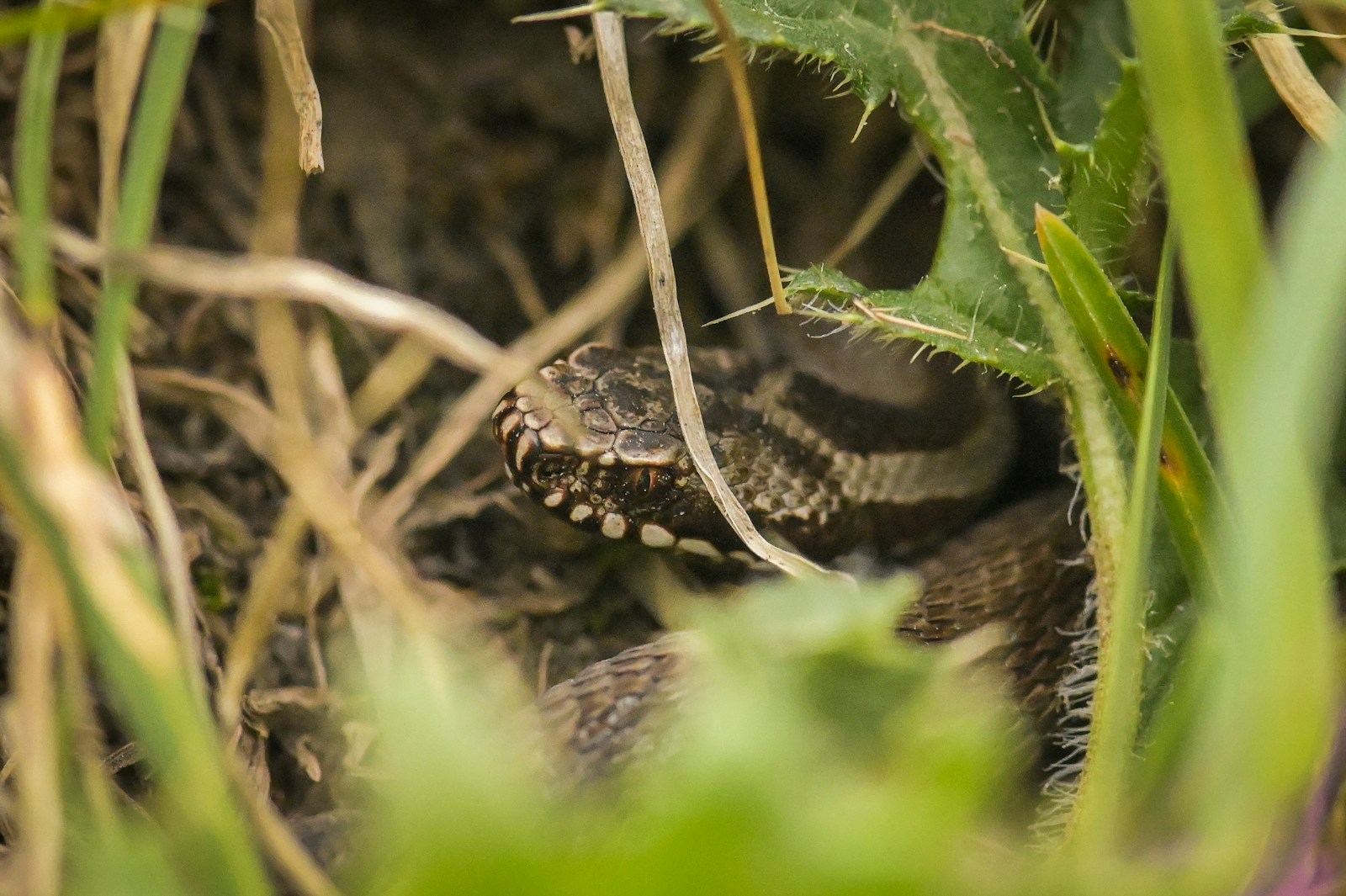In the world of reptile keeping, few phenomena are as universally experienced as the mysteriously vanishing snake. One moment your scaled companion is securely housed in its enclosure, and the next, it seems to have dissolved into thin air. This phenomenon isn’t random chance or keeper negligence—it’s the result of millions of years of evolutionary adaptations that have transformed certain snake species into master escape artists. The varying escape abilities among snake species reveal fascinating insights into their natural behaviors, physical adaptations, and survival strategies. From the slender tree-dwelling species that can slip through impossibly small gaps to the powerful constrictors that can push open seemingly secure lids, understanding why some snakes excel at breaking free while others remain content in their habitats can help keepers provide better care and prevent unwanted adventures.
The Evolutionary Basis for Escape Behaviors
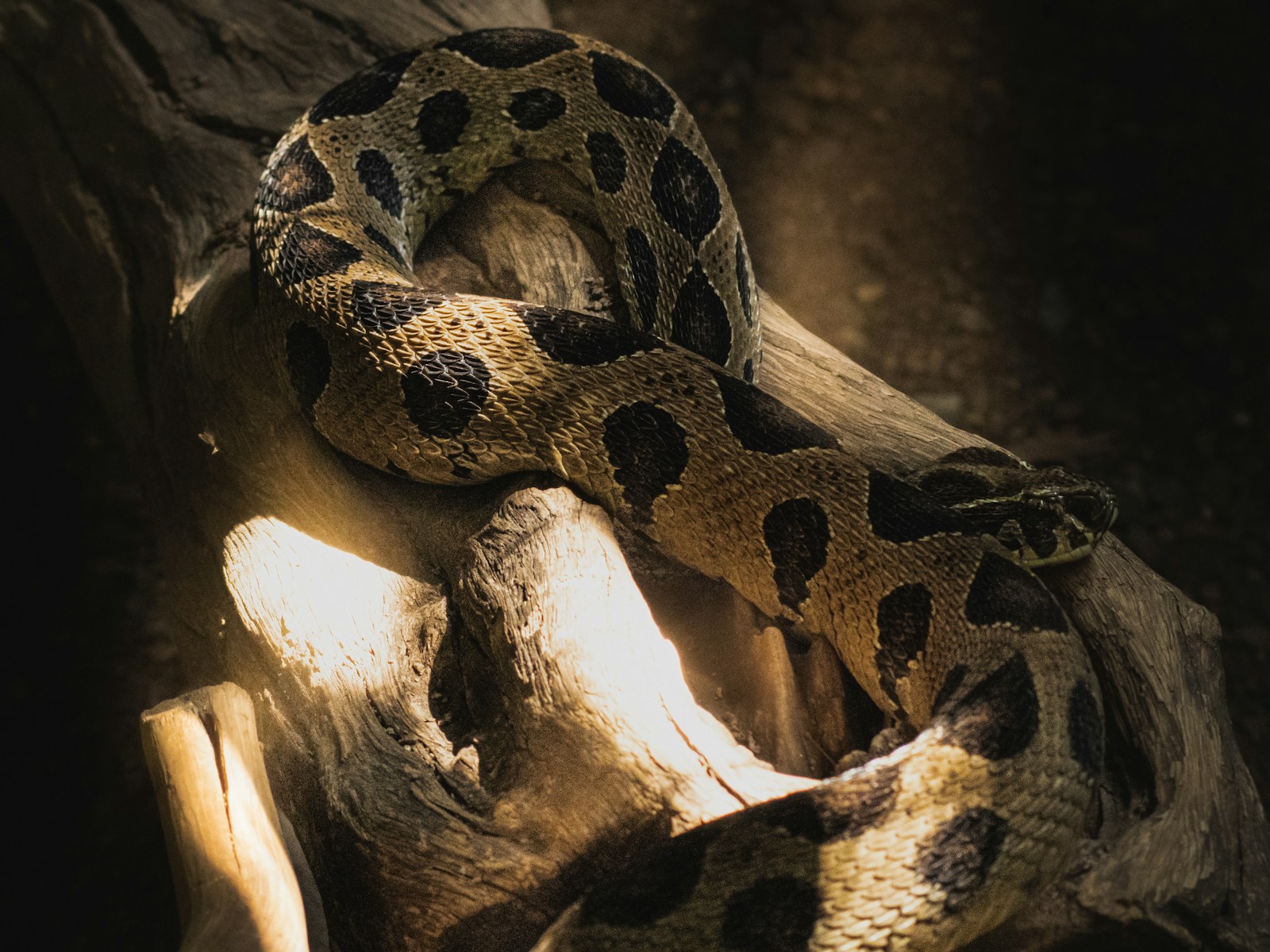
Snake escape behaviors didn’t evolve to frustrate modern pet owners—they developed as critical survival mechanisms in the wild. For many species, the ability to quickly vanish into tight crevices meant the difference between life and death when predators approached. Arboreal (tree-dwelling) species evolved exceptional flexibility and slender bodies to navigate complex branch networks and hide in tight tree hollows. Ground-dwelling species that utilized burrows developed powerful muscles and specialized scales that facilitate movement through tight underground passages. These evolutionary adaptations continue to serve wild snakes well, but in captivity, they transform into remarkable escape capabilities that challenge even the most careful keepers. Understanding that these behaviors are hardwired and not a reflection of poor husbandry helps keepers approach containment as a natural challenge rather than a personal failure.
The Physics of Snake Escapes: Size, Shape, and Flexibility

The unique physiology of snakes makes them particularly adept at navigating through tight spaces. Unlike mammals with rigid skeletal structures, snakes possess highly flexible vertebral columns with hundreds of vertebrae connected by ball-and-socket joints that allow for incredible range of motion. This flexibility, combined with their lack of limbs and elongated body shape, enables snakes to fit through openings that seem impossibly small—generally any gap wide enough to accommodate their head will eventually allow passage for their entire body. Their ribs can compress significantly, allowing their cross-sectional area to reduce temporarily when squeezing through confined spaces. Additionally, their specialized ventral scales act like tiny feet, gripping surfaces and propelling them forward with remarkable efficiency. These physical characteristics explain why a seemingly securely closed enclosure can still provide escape opportunities for a determined snake.
Champion Escape Artists: Corn Snakes and Rat Snakes

Among the snake world’s most notorious escape artists are members of the Colubrid family, particularly corn snakes (Pantherophis guttatus) and their rat snake relatives. These slender, agile snakes combine several traits that make them exceptionally adept at finding freedom. Their relatively small heads compared to their body size allow them to exploit tiny gaps, while their excellent climbing abilities help them reach unexpected exit points. Their naturally inquisitive behavior means they’re constantly testing boundaries and investigating potential escape routes. Corn snakes in particular possess remarkable problem-solving abilities, often learning from previous escape attempts and remembering successful routes. Their moderately small size as adults (typically 3-5 feet) provides an ideal combination of strength and slenderness that facilitates escape from many standard enclosures. Many experienced keepers have stories of corn snakes finding their way through tiny cable holes, gaps between sliding doors, or even lifting partially secured lids.
Ball Pythons: The Surprising Strength Factor
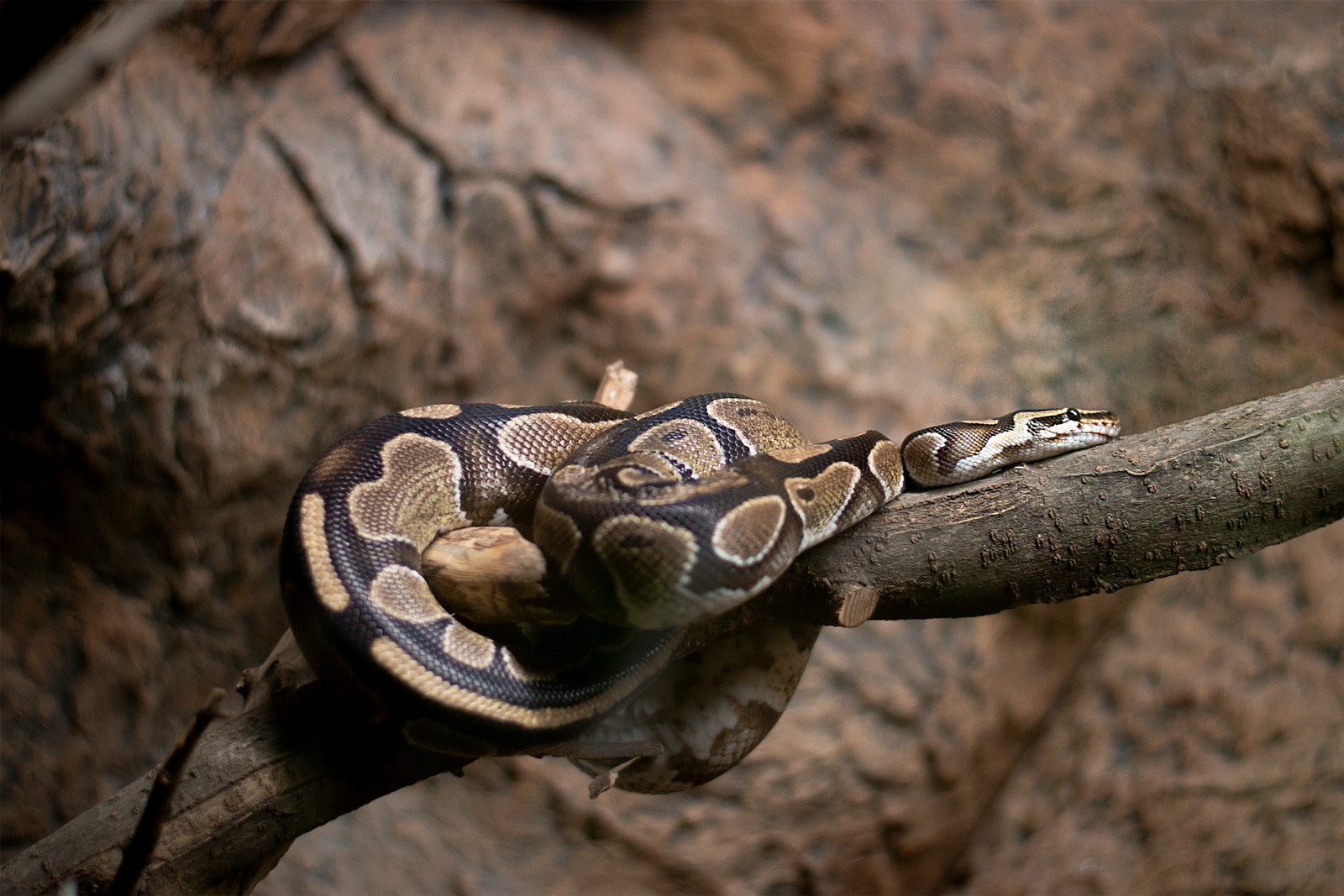
While ball pythons (Python regius) aren’t typically considered premier escape artists compared to some more slender species, they demonstrate how physical strength can be just as effective as slenderness for enclosure breaches. These stocky, muscular snakes possess considerable pushing power that allows them to exploit weakly secured lids or doors. Their unique hunting behavior in the wild—pushing into rodent burrows—translates directly to captivity where they methodically test enclosure boundaries with persistent pressure. A ball python can remain remarkably patient, applying consistent force against a slight weakness in an enclosure until it eventually yields. Their shorter, thicker bodies may not fit through tiny gaps that would accommodate a corn snake, but they compensate with raw muscular strength that can dislodge improperly secured fixtures. This surprising strength factor explains why keepers sometimes discover their seemingly docile ball python has pushed open a heavy enclosure lid they thought was adequately weighted.
Arboreal Specialists: Why Tree Snakes Excel at Breakouts
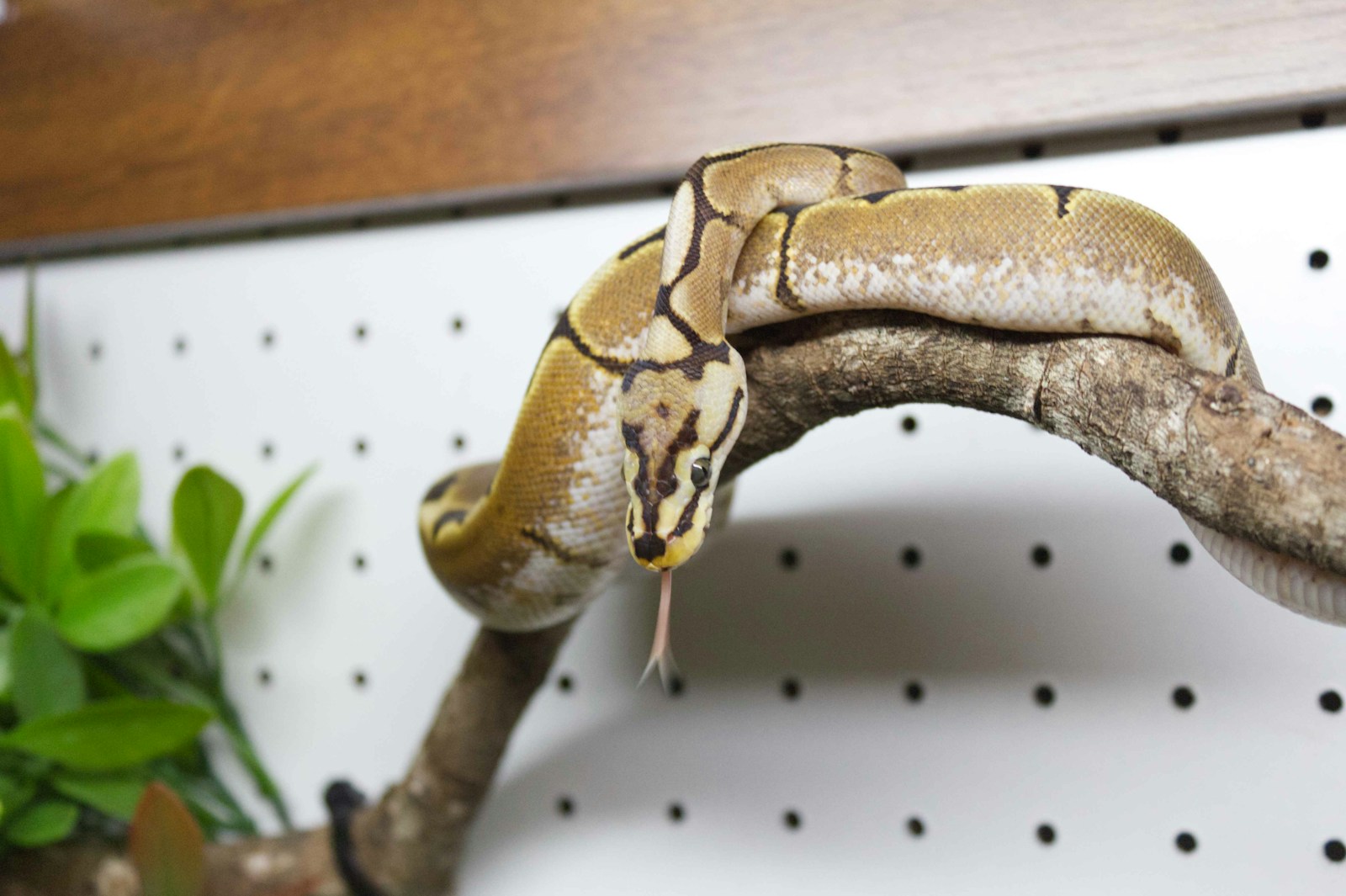
Tree-dwelling snake species possess a specialized set of adaptations that make them particularly formidable escape artists in captivity. Species like emerald tree boas (Corallus caninus), green tree pythons (Morelia viridis), and various vine snake species have evolved extraordinarily slender bodies relative to their length, allowing them to distribute their weight across multiple branches in the wild. This body structure translates to an exceptional ability to squeeze through narrow gaps in captivity. Their highly developed climbing abilities, including specialized scales that create greater friction on vertical surfaces, enable them to scale seemingly smooth enclosure walls. Many arboreal species also possess prehensile tails that function almost like an additional limb, providing leverage and stability while exploring enclosure boundaries. The combination of these specialized adaptations explains why arboreal species require particularly secure enclosures with minimal gaps and often specialized locking mechanisms to prevent determined escape attempts.
Burrowing Specialists and Their Escape Tactics
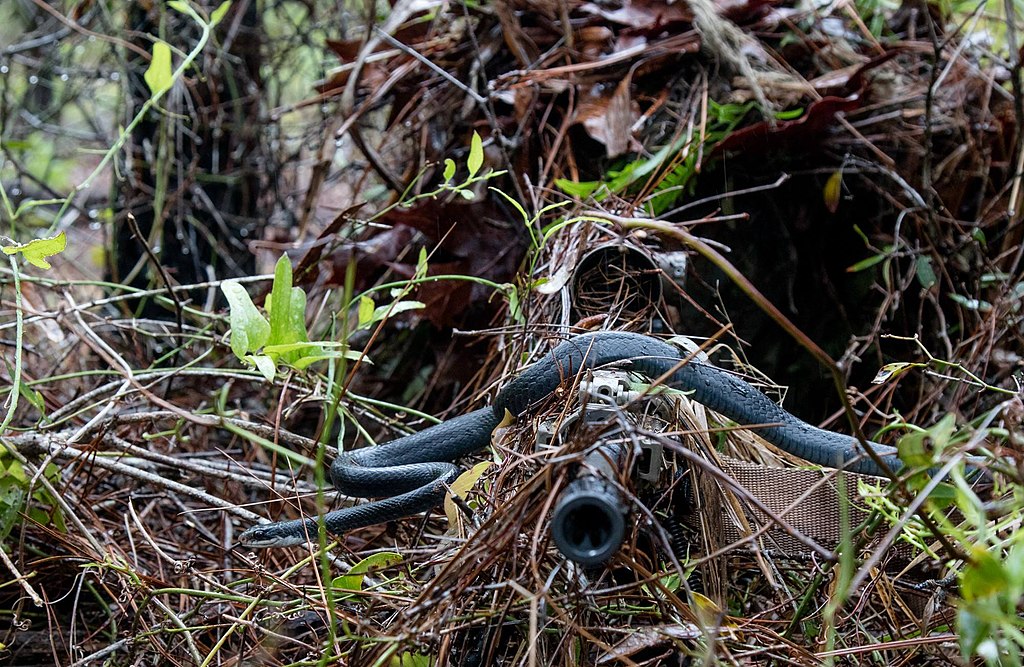
Species that evolved primarily as burrowers bring a different set of escape skills to captivity. Snakes like sand boas (genus Eryx), rosy boas (Lichanura trivirgata), and certain species of python that spend significant time underground have developed powerful muscles specifically adapted for pushing through substrate. These same muscles make them surprisingly effective at finding weaknesses in enclosure floors or pushing against lower seams of terrariums. Their specialized rostral scales (on the snout) evolved to help them penetrate soil but serve equally well for prying into small gaps in artificial environments. Burrowing species also typically possess more cylindrical body shapes with less pronounced tapering at the tail, allowing them to apply force more evenly when pushing through tight spaces. Keepers often underestimate these species’ escape potential because they seem less active than their arboreal counterparts, only to discover their methodical exploration of lower enclosure boundaries has revealed an exit point.
The Role of Intelligence and Problem-Solving
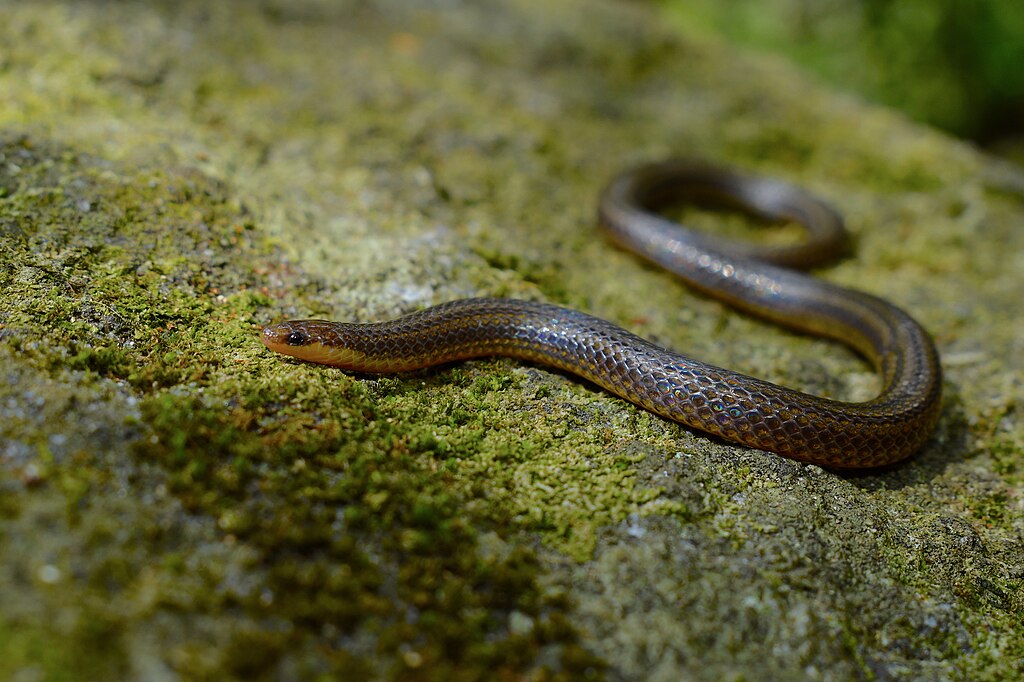
While snakes aren’t typically credited with high intelligence compared to mammals, certain species display remarkable problem-solving abilities that contribute significantly to their escape prowess. Through a combination of spatial memory, learning capacity, and natural curiosity, many snake species can effectively “map” their enclosures, identifying and remembering potential weak points. King snakes (genus Lampropeltis) and milk snakes, for instance, have been observed repeatedly testing the same potential escape routes, adjusting their approach slightly each time. This behavioral flexibility allows them to eventually succeed where more rigid escape strategies might fail. Some species also demonstrate observational learning, becoming more active around feeding time or when they notice their enclosure being opened, creating a pattern of opportunistic escape attempts. The pattern-recognition abilities that help snakes hunt effectively in the wild translate directly to identifying the patterns of their keepers’ behaviors and enclosure maintenance routines.
Humidity Seekers and Weather-Related Escapes
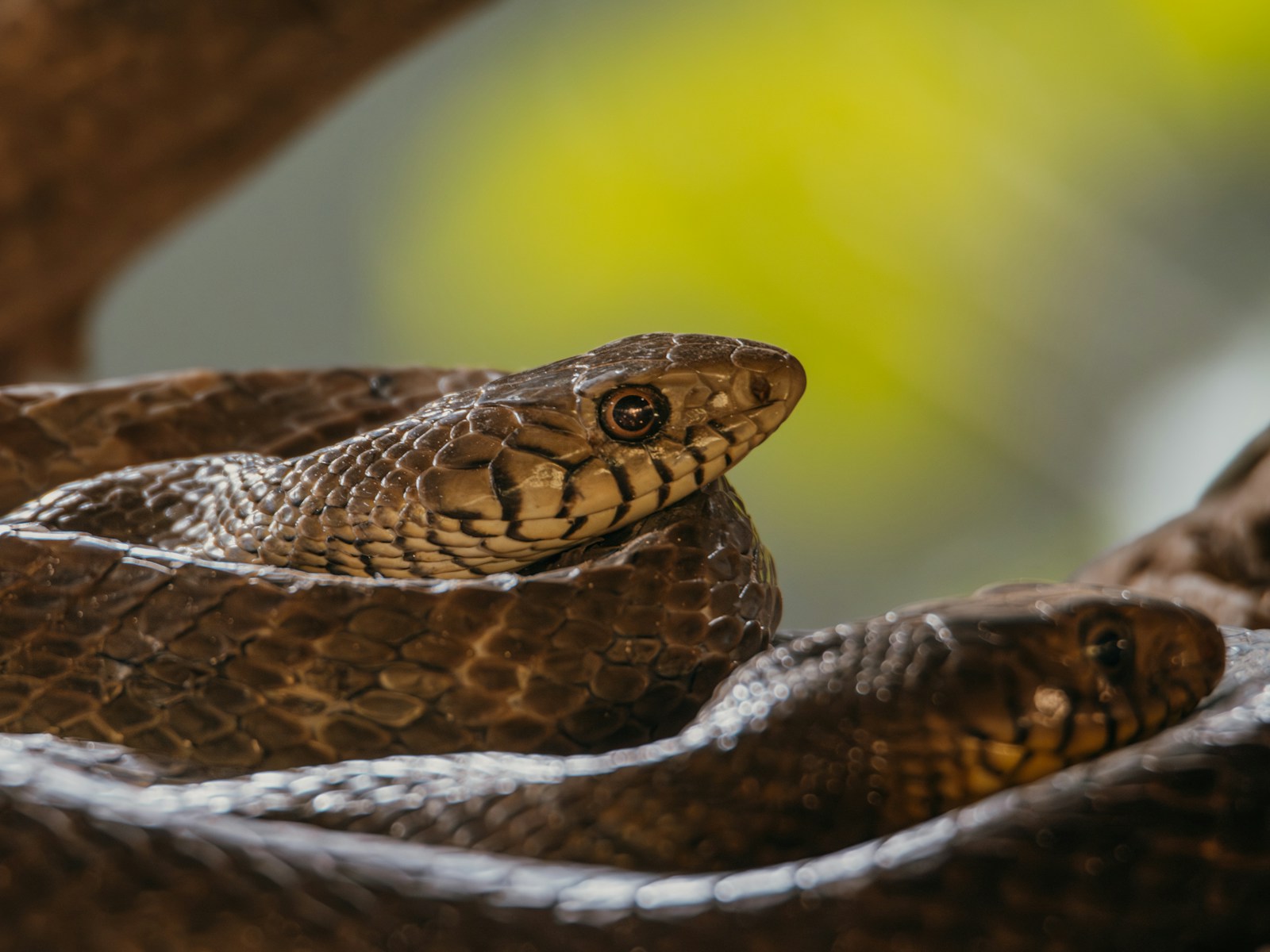
Environmental factors play a surprising role in snake escape behaviors, with humidity being a particularly powerful motivator for certain species. Tropical species like rainbow boas (Epicrates cenchria), emerald tree boas, and various water snake species have evolved to be highly sensitive to humidity levels. When kept in enclosures with insufficient humidity, these species become remarkably determined to find more suitable conditions, significantly increasing their escape attempts. This behavior often coincides with seasonal changes, shedding cycles, or weather patterns that trigger instinctual responses. Keepers frequently report increased escape attempts during storms or significant barometric pressure changes, suggesting snakes possess environmental sensitivity that modern science doesn’t fully understand yet. This weather-related escape behavior represents an evolutionary adaptation that helped wild snakes find appropriate shelter during environmental shifts, but in captivity manifests as periodic increases in escape determination.
Enclosure Design Challenges for Different Species
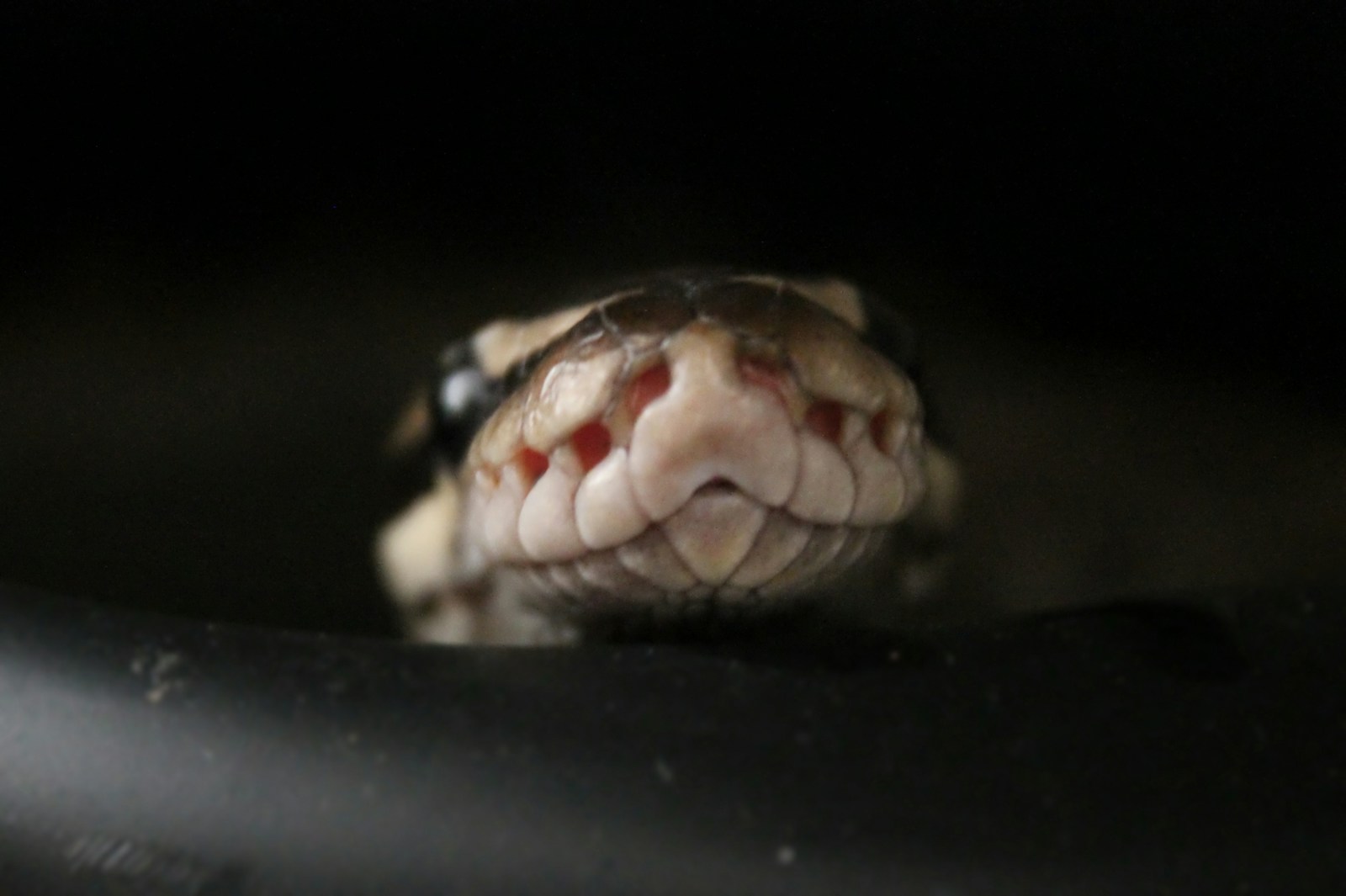
The varying escape capabilities of different snake species demand species-specific approaches to enclosure design. For slender escape artists like corn snakes and king snakes, the primary concern is eliminating any gap larger than the diameter of their head, which may require meticulous attention to cable ports, ventilation holes, and door seals. Powerful species like larger pythons and boas require robust locking mechanisms that can withstand sustained pressure, often necessitating multiple locks on sliding doors or specialized clips for hinged lids. Arboreal escape artists present unique challenges, requiring taller enclosures with secure tops, as these species will inevitably explore the highest points of their habitat. Burrowing specialists demand particular attention to floor seams and drainage holes, areas often overlooked in standard enclosure designs. The most effective containment strategies acknowledge that different escape talents require different prevention techniques, rather than assuming a one-size-fits-all approach to security.
The Impact of Age and Size on Escape Abilities
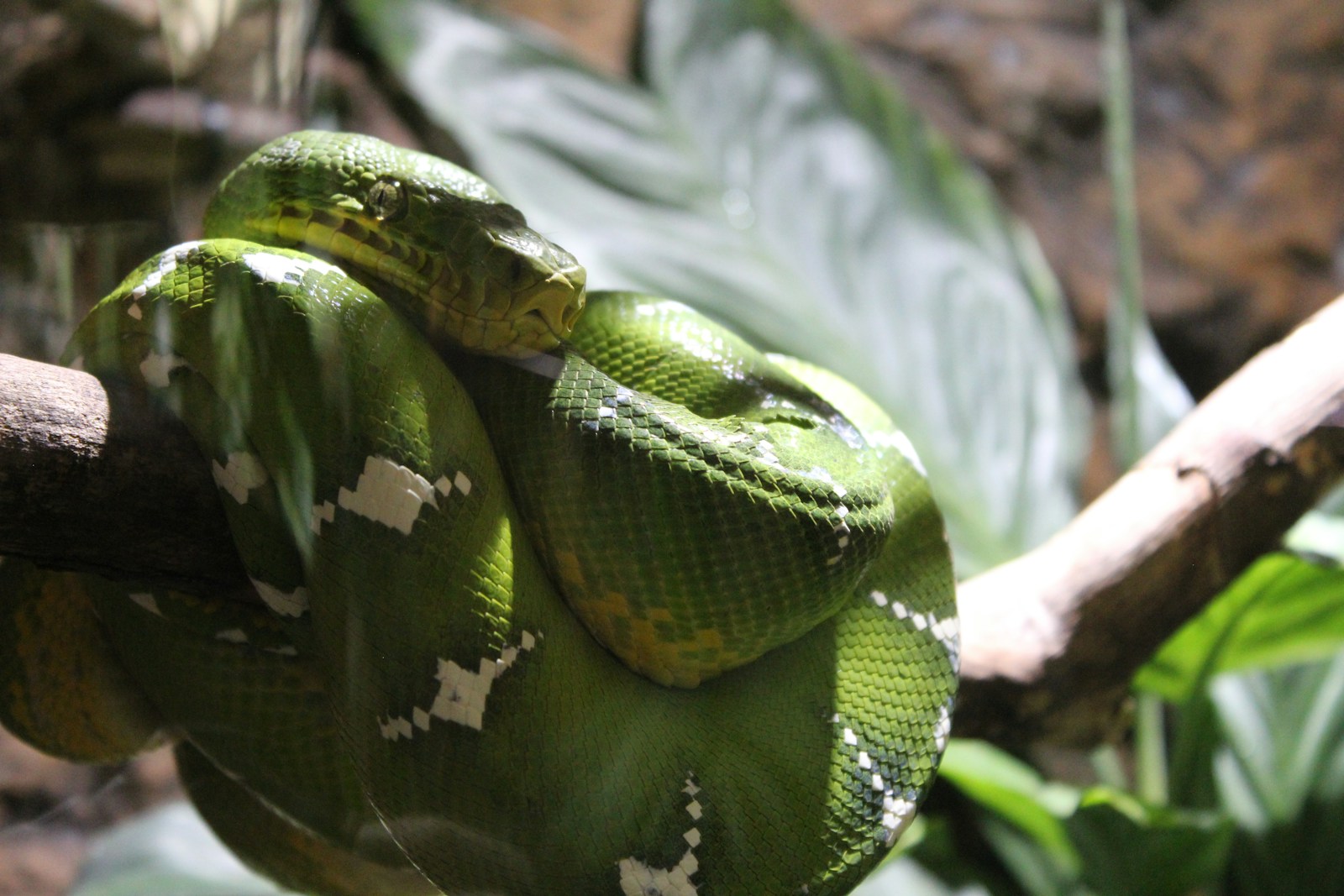
A snake’s escape capabilities evolve throughout its life, creating a dynamic security challenge for keepers. Juvenile snakes generally possess greater escape potential than adults of the same species due to their significantly smaller size, allowing them to exploit tiny gaps that would prove impassable to mature specimens. However, adult snakes compensate with greater strength, endurance, and problem-solving experience, making them formidable escape artists in different ways. This developmental progression explains why many keepers experience a false sense of security when a juvenile snake matures—the tiny gaps no longer pose a threat, but the adult snake can now potentially push open an unsecured lid. Species with dramatic size differences between juveniles and adults, such as boa constrictors and Burmese pythons, present particularly complicated containment challenges throughout their developmental stages. The most successful keeping strategies anticipate these changing escape capabilities and adjust containment methods accordingly as the snake grows.
Species That Rarely Escape: What Makes Them Different?
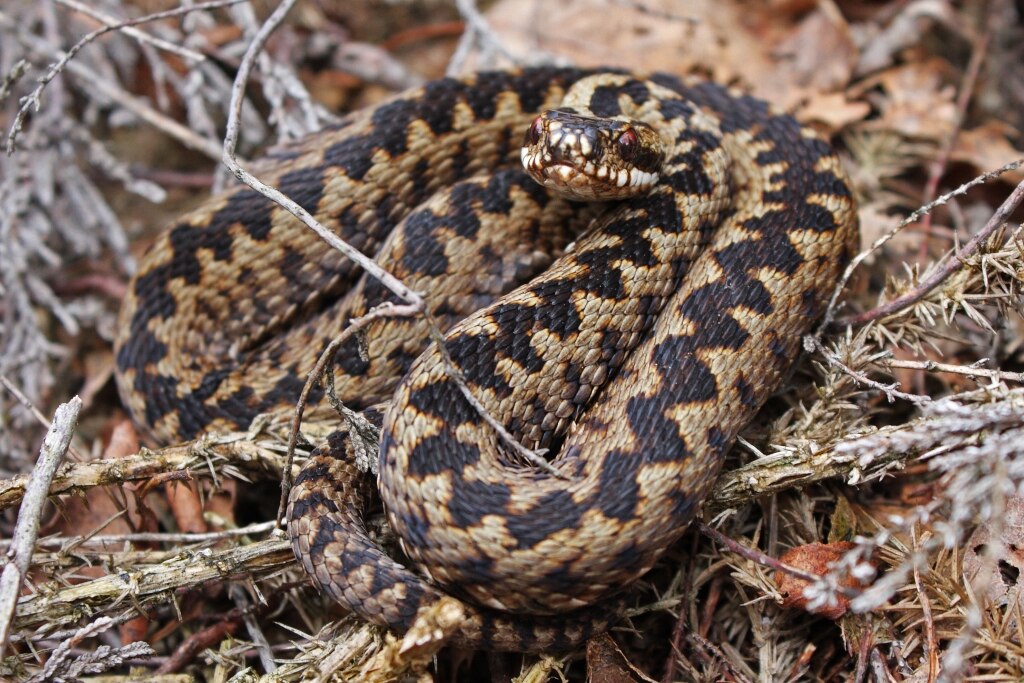
While many snake species seem determined to explore beyond their enclosures, others display remarkably low escape rates, providing interesting insights into snake behavior and evolutionary adaptations. Species like blood pythons (Python brongersmai) and short-tailed pythons (Python curtus) tend to be more sedentary and territorial, showing less interest in exploring beyond familiar boundaries. These species evolved as ambush predators with smaller home ranges in the wild, making them naturally less inclined toward extensive exploration. Desert-adapted species like Kenyan sand boas (Gongylophis colubrinus) often display stronger site fidelity once they’ve established a comfortable microclimate in their enclosure. The western hognose snake (Heterodon nasicus), despite being relatively small and potentially capable of exploiting gaps, tends to show more interest in burrowing within its enclosure than testing boundaries. Understanding these behavioral differences helps explain why some keepers report drastically different escape experiences with different species despite using similar enclosure designs.
Practical Prevention: Designing Escape-Proof Enclosures
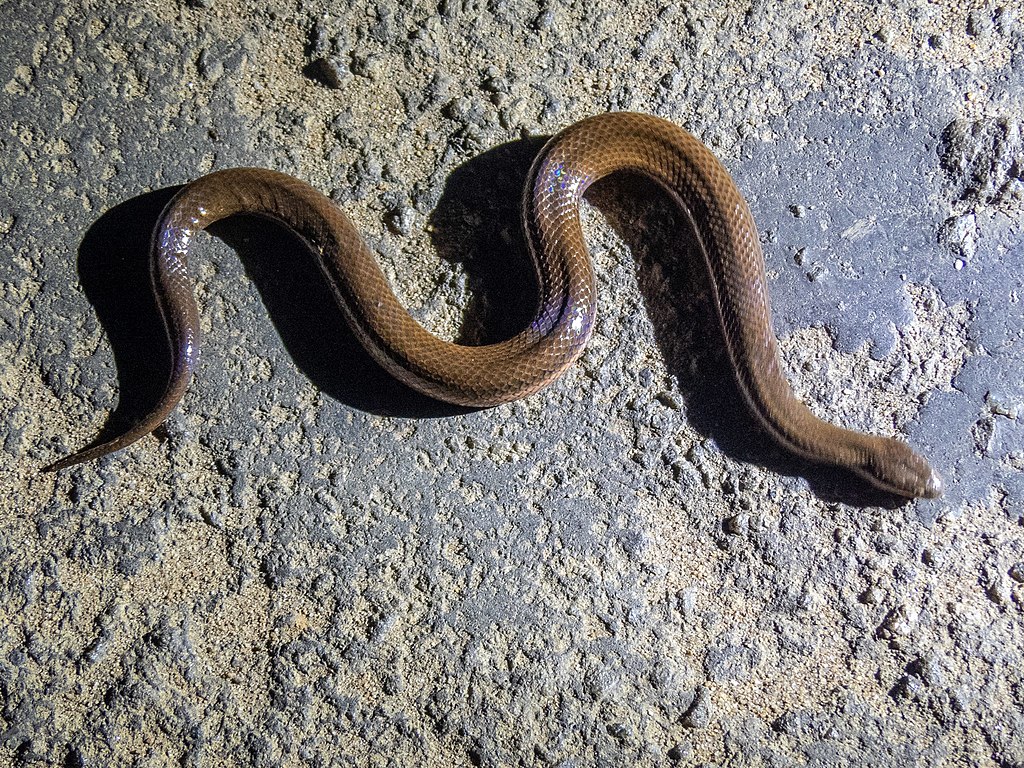
Creating truly escape-proof enclosures requires combining knowledge of species-specific escape talents with practical design principles. For highly capable escape artists like corn snakes and king snakes, professional-grade enclosures with precision-engineered gaps and specialized locking systems offer the most reliable security. Keepers working with custom-built or modified enclosures should apply silicone sealant to all internal seams, install fine mesh over ventilation openings, and use multiple securing mechanisms on access points. Weight-distributed lid clamps provide more reliable security than single pressure points for species that push against enclosure tops. For particularly determined escape artists, secondary containment strategies—such as keeping the enclosure in a snake-proof room—provide an additional security layer. Regular inspection routines are essential, as many successful escapes occur through developing weaknesses rather than obvious gaps. The most effective prevention strategies combine physical security with an understanding of the specific motivations driving escape attempts, such as addressing humidity needs or providing adequate hiding spaces.
Conclusion: Respecting the Evolutionary Marvel of Snake Mobility

The remarkable escape capabilities of certain snake species represent not a frustrating behavioral problem but a testament to the extraordinary evolutionary adaptations these animals have developed over millions of years. From the specialized vertebral structure that allows unprecedented flexibility to the remarkable problem-solving abilities that help them navigate complex environments, escaping snakes demonstrate biological engineering at its finest. For responsible keepers, understanding these capabilities creates both challenges and opportunities—challenges in designing truly secure enclosures, but opportunities to appreciate the remarkable natural history of these fascinating reptiles. Rather than viewing escape attempts as misbehavior, recognizing them as expressions of natural adaptive behaviors helps develop more effective and compassionate husbandry practices. Whether dealing with a determined corn snake testing every millimeter of its enclosure or a powerful python methodically pushing against a lid, keepers who understand the evolutionary basis for these behaviors are best equipped to provide appropriate containment while respecting the remarkable animals in their care.

